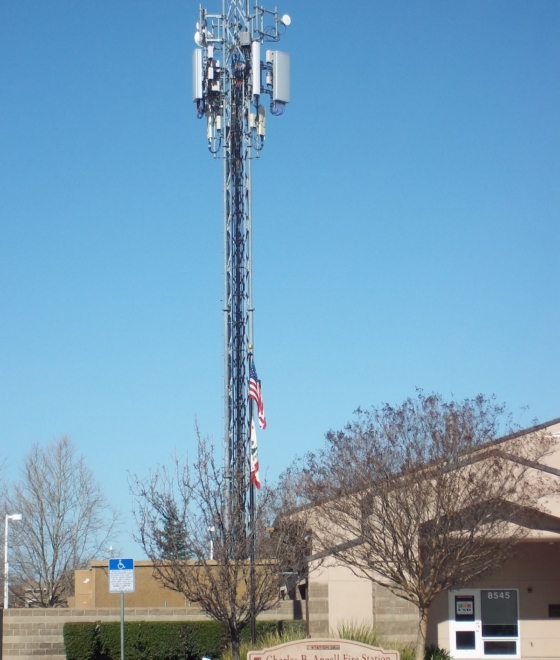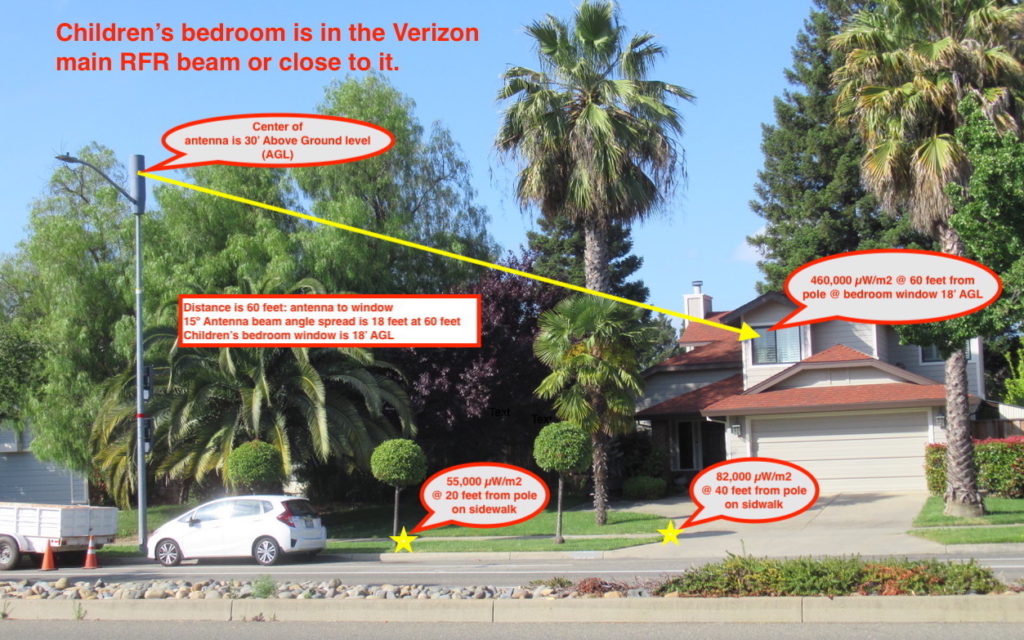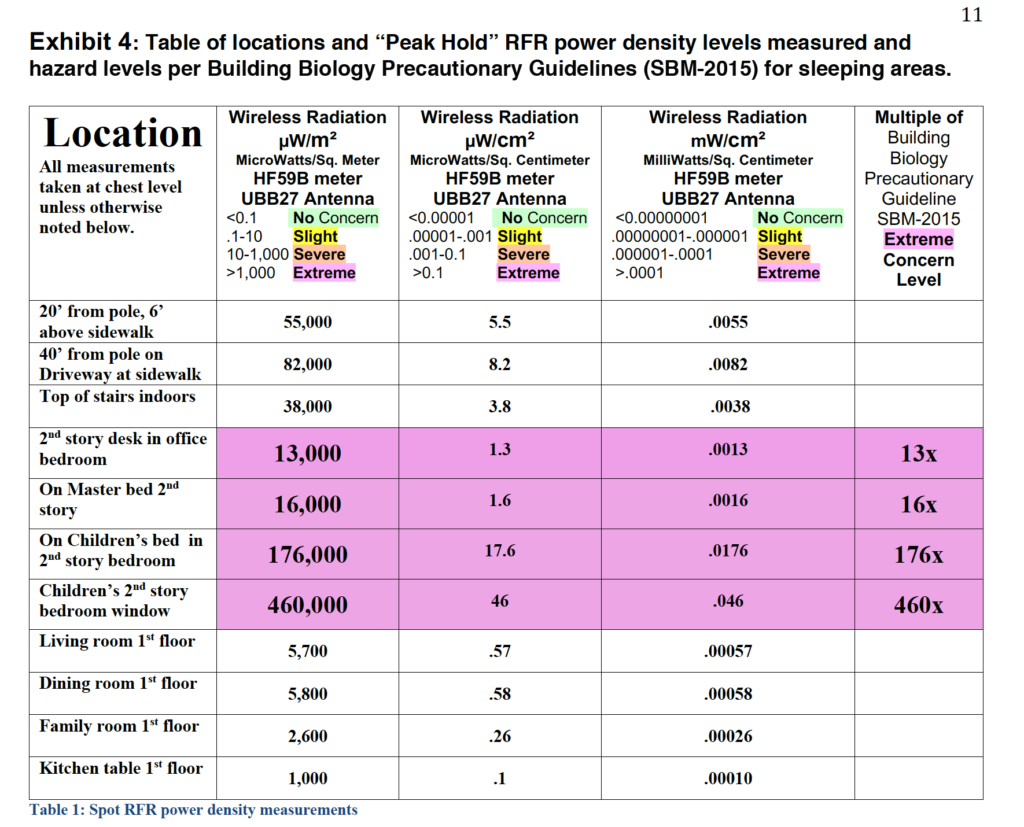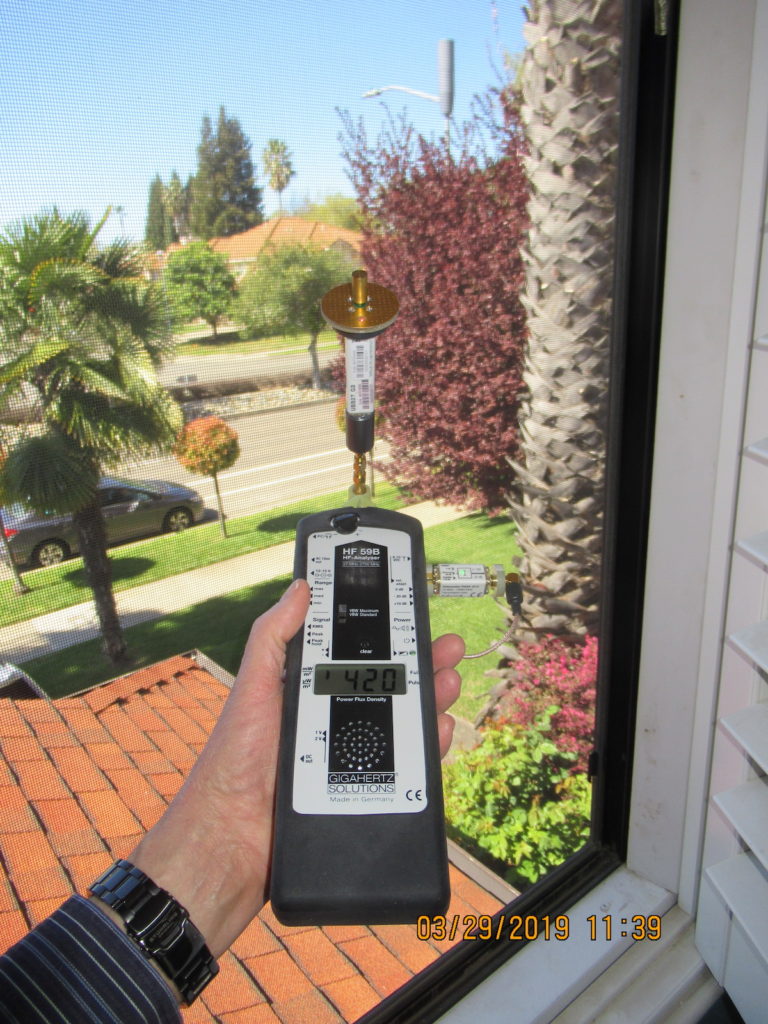5G Awareness
Types of Cell Towers – Definitions
Monopole Tower are a single tube tower. It typically stands between 100-200 ft. with antennas mounted on the exterior of the tower. Its primary use is telephony.
Stealth Monopoles towers are a particular brand of concealed towers. Hidden towers are typically Monopoles and are fairly easy and quick to erect. These concealment poles are hidden as pine poles, flag poles, palm poles, uni poles, cactus poles, light poles and other stealth towers.
The Lattice Tower is sometimes referred to as “self-support” or SST because it is free-standing. It stands 200-400 ft. tall with a triangular base and three-four sides. It is typically used for telephony. The Eiffel Tower is a lattice tower.
Small cells are individual cell sites that are smaller in size, power, and coverage radius than traditional macro cell sites. Small cells are often deployed as part of network densification plans to increase the overall capacity of a network. Because of their size, small cells can be installed nearly anywhere, from utility poles to rooftops of buildings.
Slider With Examples of Cell Towers
Firefighters Get Sick From Cell Tower Radiation
Firefighter groups in the United States have long opposed cell towers on their stations. Not only that, but in California they have been able to be exempt from the forced placement of towers on their stations because of the strong opposition they have- due to health concerns from the radiation. “The International Association of Fire Fighters (IAFF) opposes the use of fire stations as base stations for towers and/or antennas for the conduction of cell phone transmissions until a study with the highest scientific merit and integrity on health effects of exposure to low-intensity RF/MW radiation is conducted and it is proven that such sitings are not hazardous to the health of our members.” The IAFF Official Position Against Cell Towers on Fire Stations passed in 2004.
Read the Full Article and Statement from International Association of Fire Fighters (IAFF).
Sacramento Verizon 4G Small Cell Causing A Local Family Extreme Health Issues
Shortly after this Verizon 4G small cell antenna was installed at a client’s house in Sacramento, CA, several members family of their family including two young children, began experiencing extreme health problems. This is the street view showing the Verizon 4G small cell and its position relative to the houses and second story bedroom window, which is in the main beam of the antenna. When I saw this tower being installed I wondered if the residents would call me for assistance and they did very shortly after the antenna was turned on.
Data Logging the 4G Small Cell Antenna – 60 feet away
The table above (click to enlarge photo) shows RFR readings in various parts of the house and up to 460X above the Extreme Concern level for sleeping areas per Building Biology Precautionary guidelines (SBM-2015). This is the very highest I have ever measured inside a house in since 2008 when I started doing assessments.
View out Bedroom Window – Verizon 4G Small Cell
Here is the view out of the girl’s bedroom window (click to enlarge photo). The RF power density is a measured 420,000 µW/m^2 which is 420 X above the Extreme Concern level for sleeping areas per Building Biology Precautionary guidelines (SBM-2015). You can read more abut the pain, suffering and injury this family has experience ever since this 4G small cell antenna was turned on a year ago. Visit their website 5G Awareness Now, and sign their appeal here.
Don’t let this happen in your neighborhood!
View this 72 hour data log (click to enlarge photo below) shows the fluctuating RF power density from a Verizon 4G small cell on a lamp pole 60 feet from the 3 and 5 year old girls bedroom window. They have become very sick and can’t sleep in the front of the house any longer. Even with RF shielding installed sleep is disturbed even at the back side of the house were the entire family now has to sleep. According to the legend on this chart the average RF power density is 57,687 µW/m^2 and the peak is 448,800 µW/m^2. A data log is the best way to show the variable RF power density over time much like a seismograph chart shows earthquake intensity.






